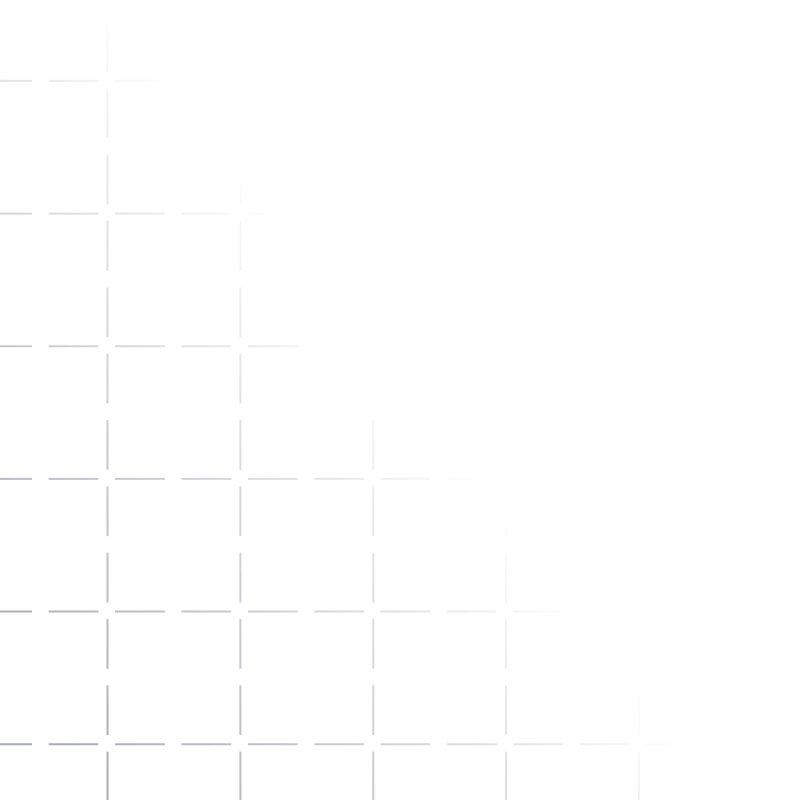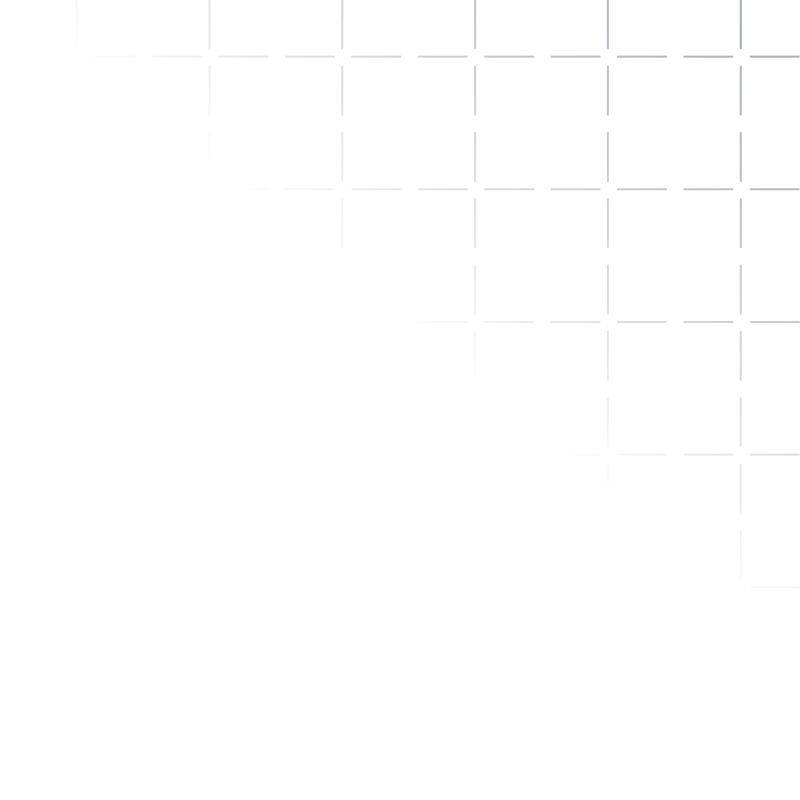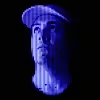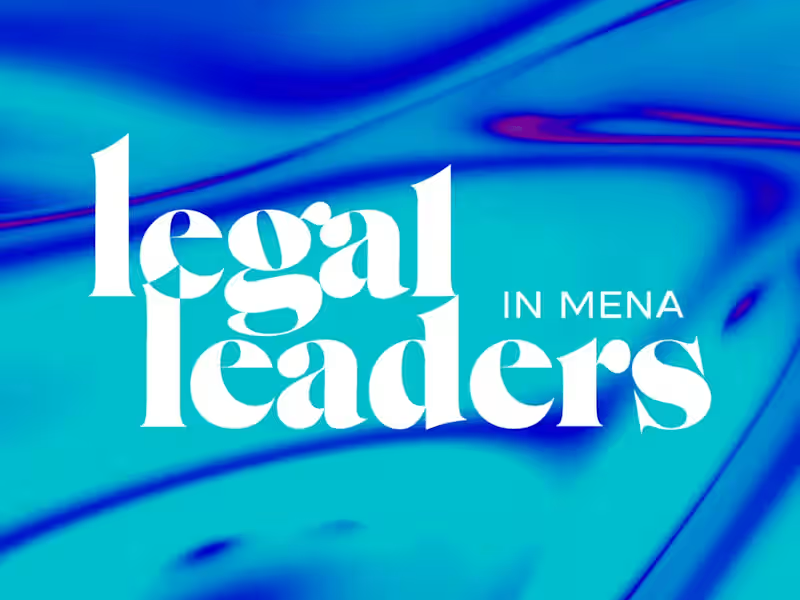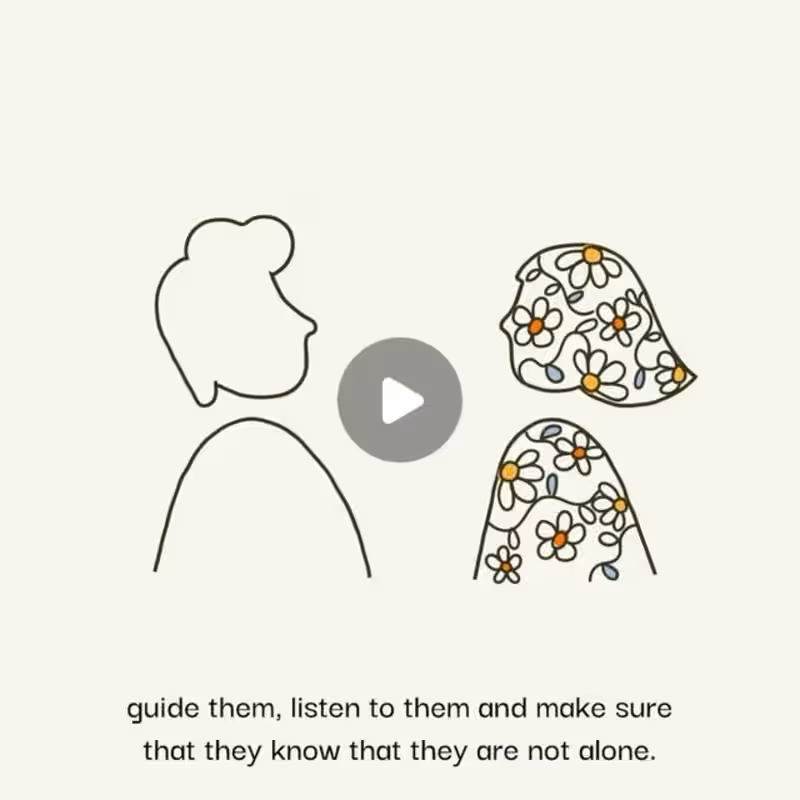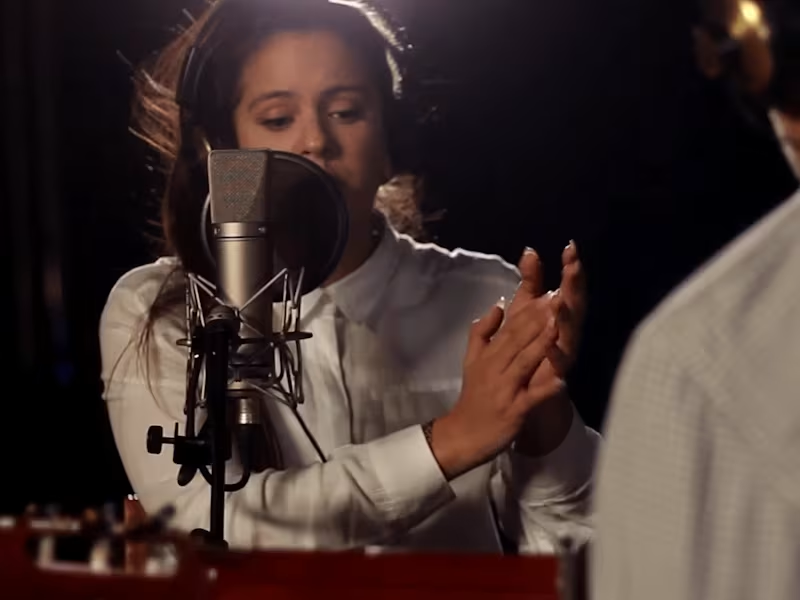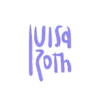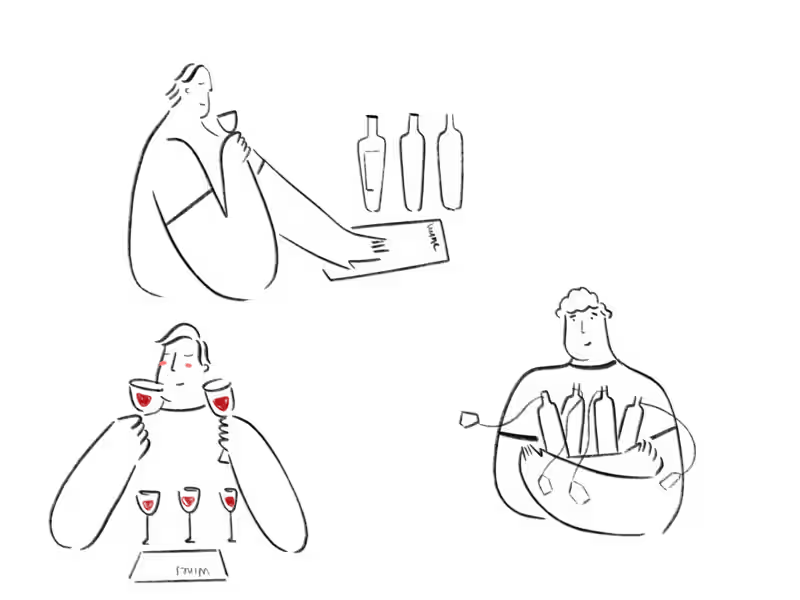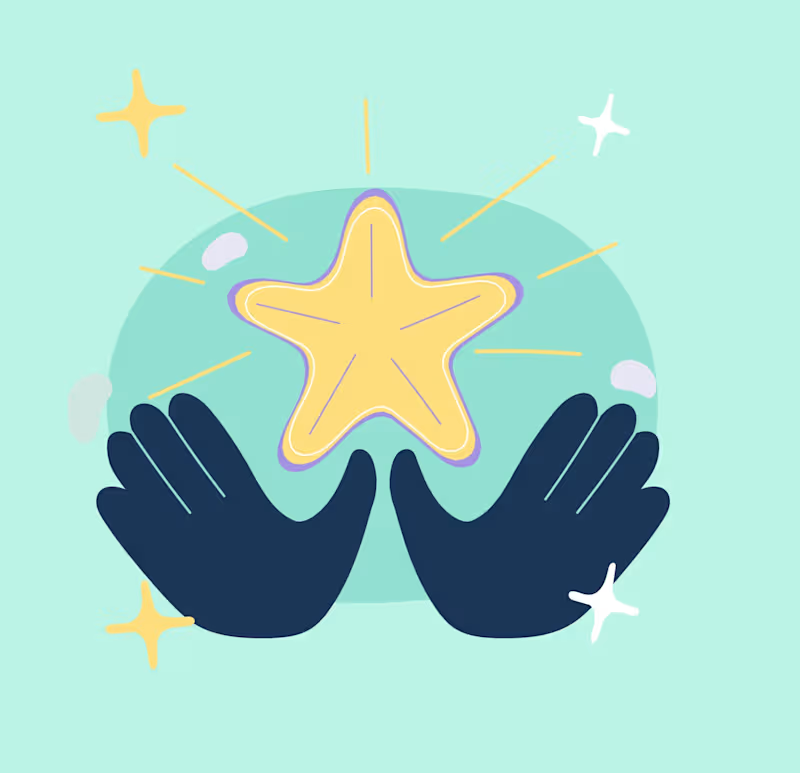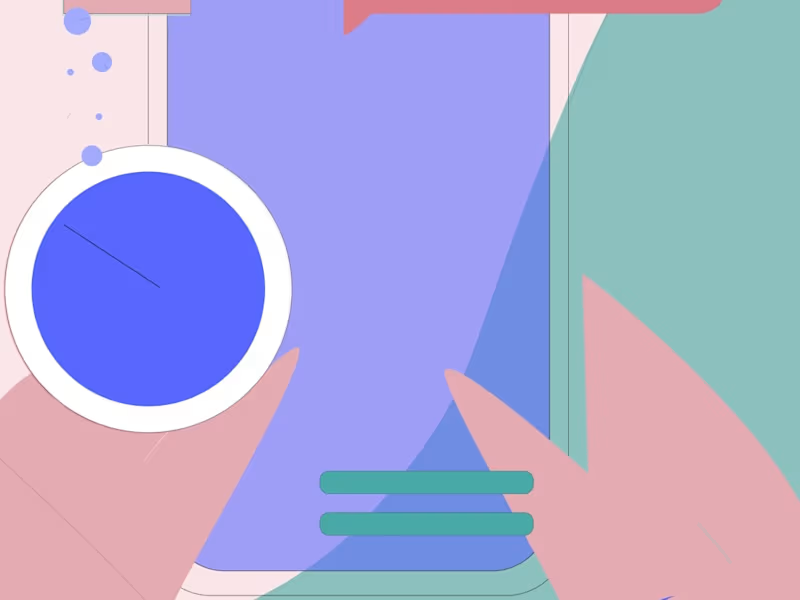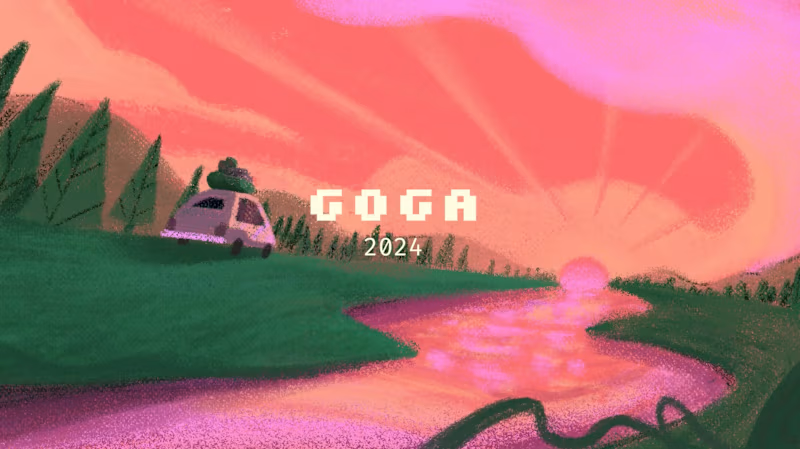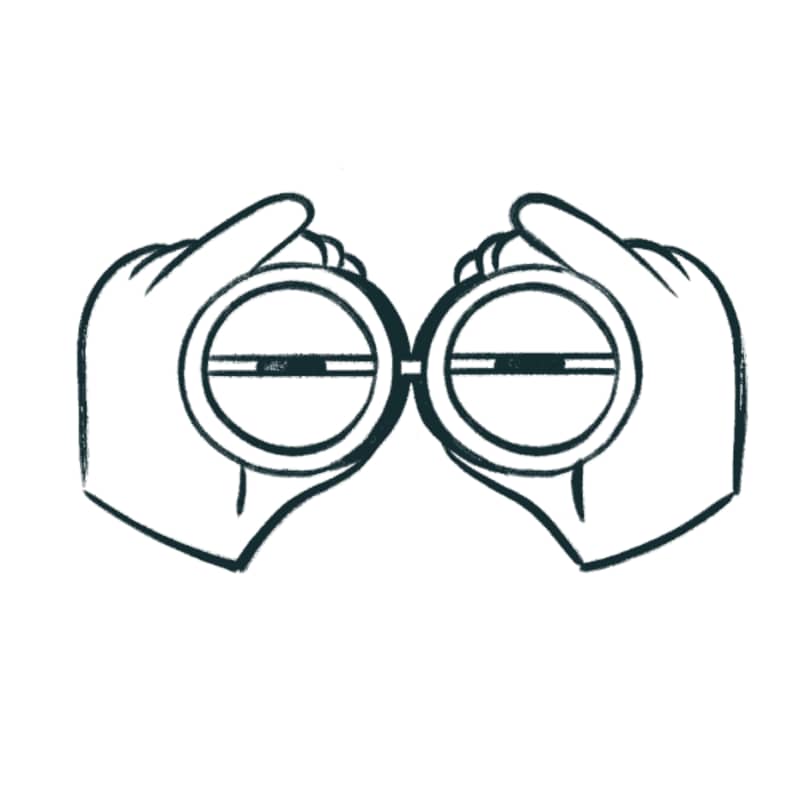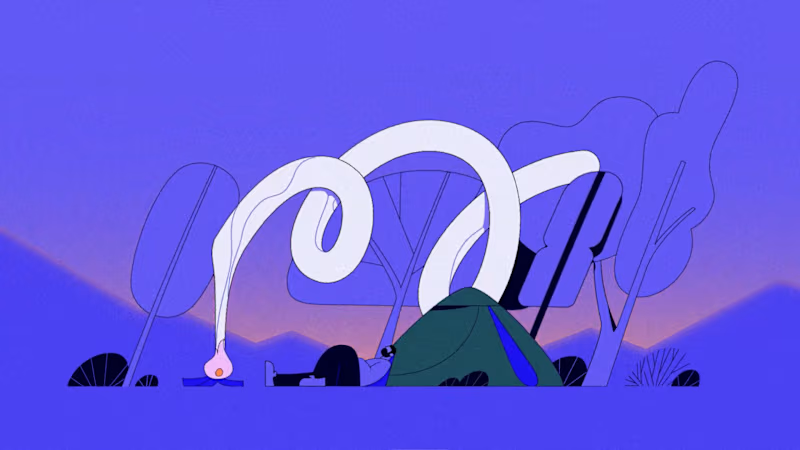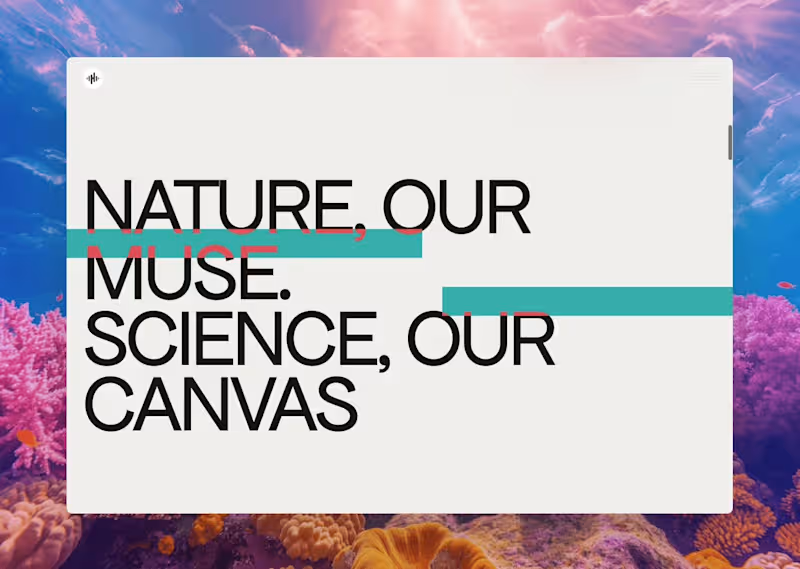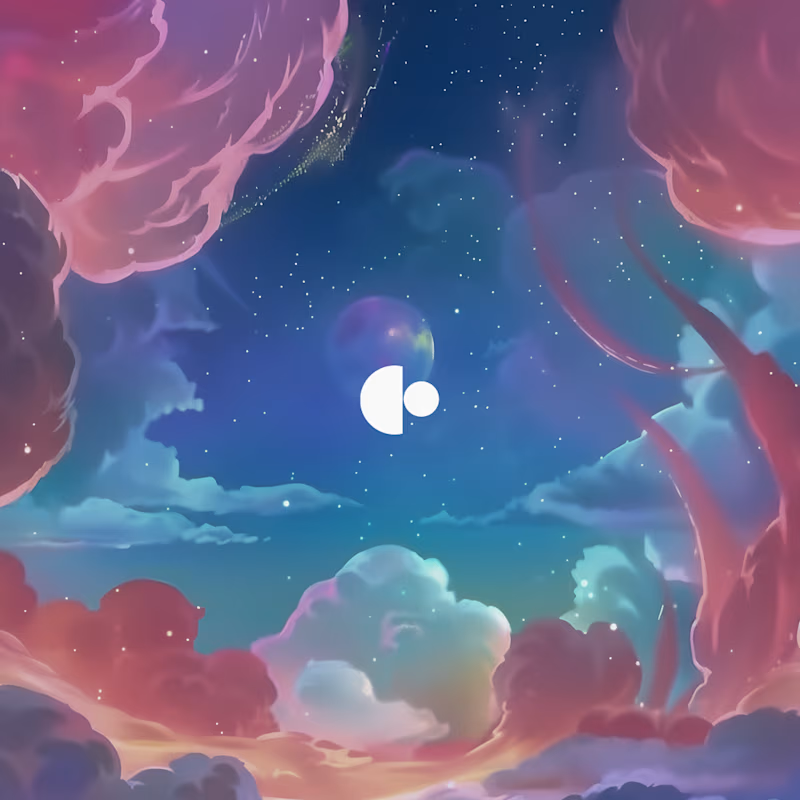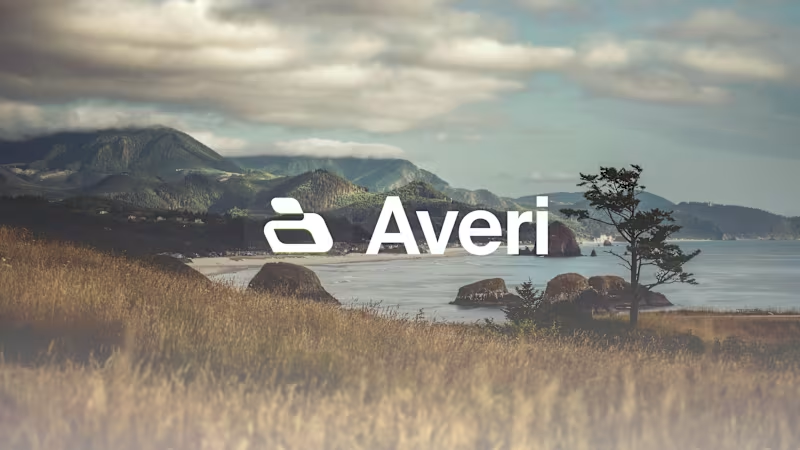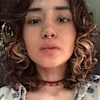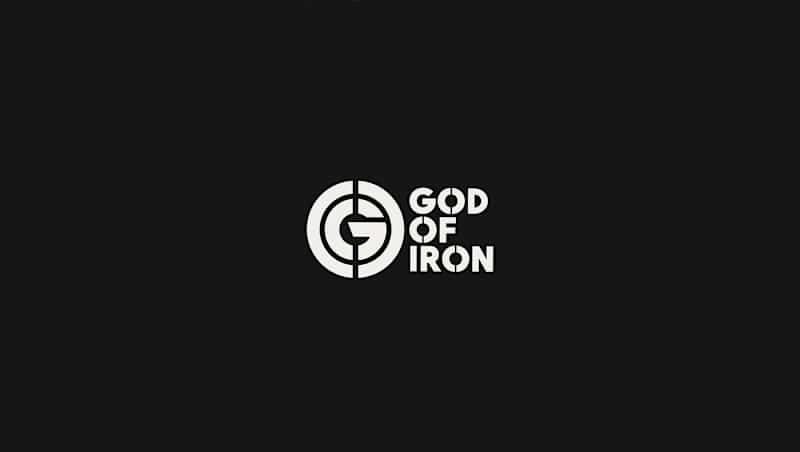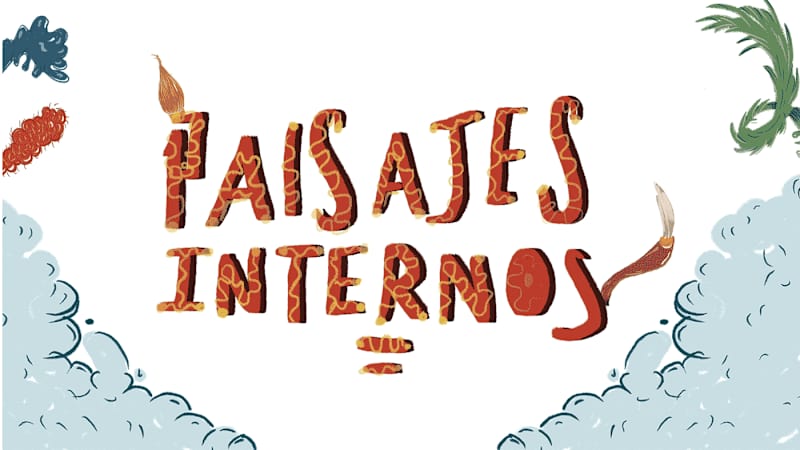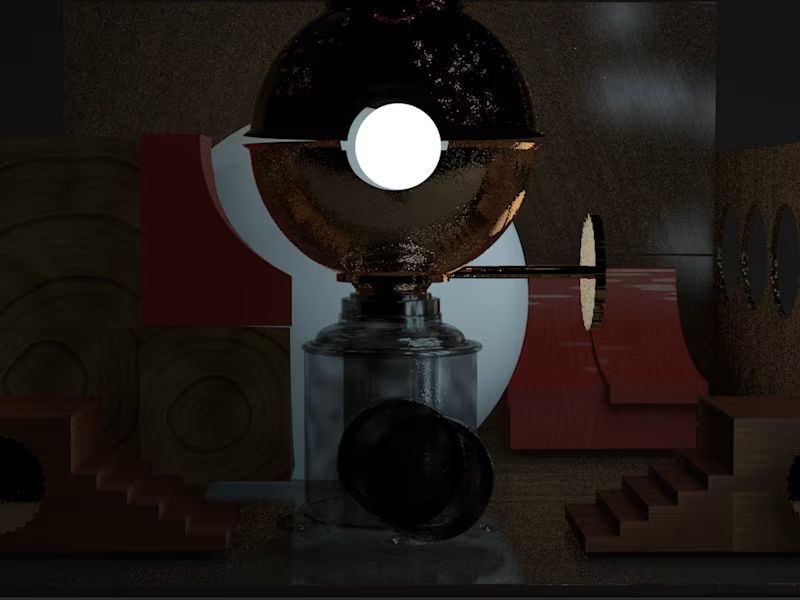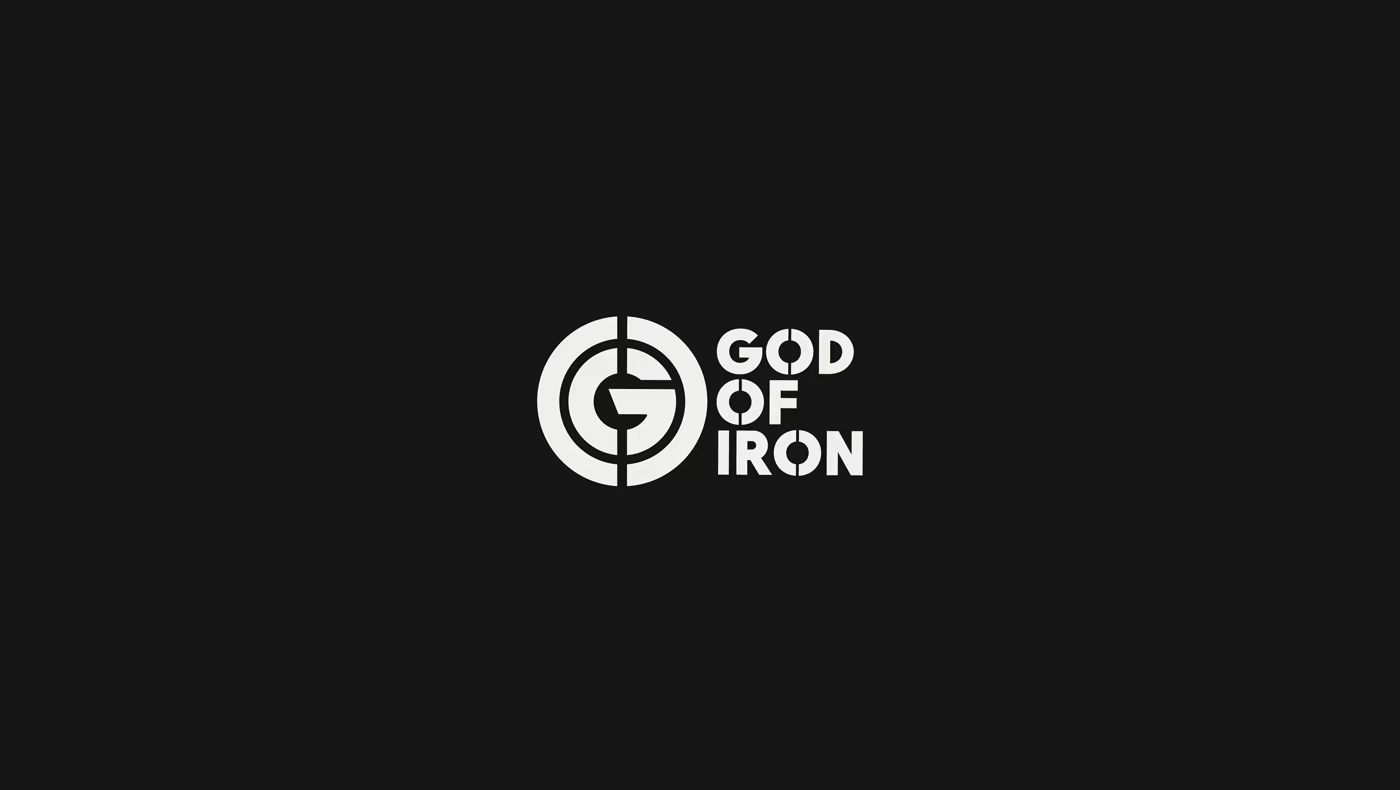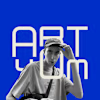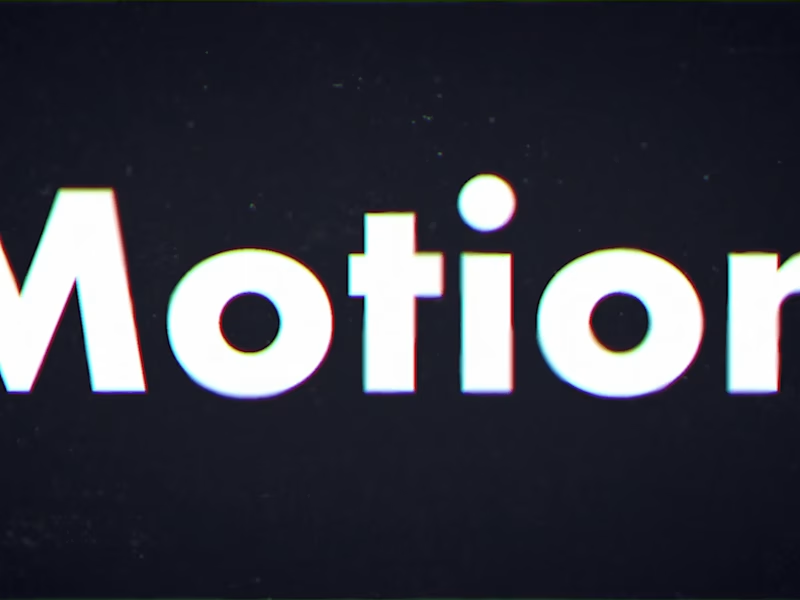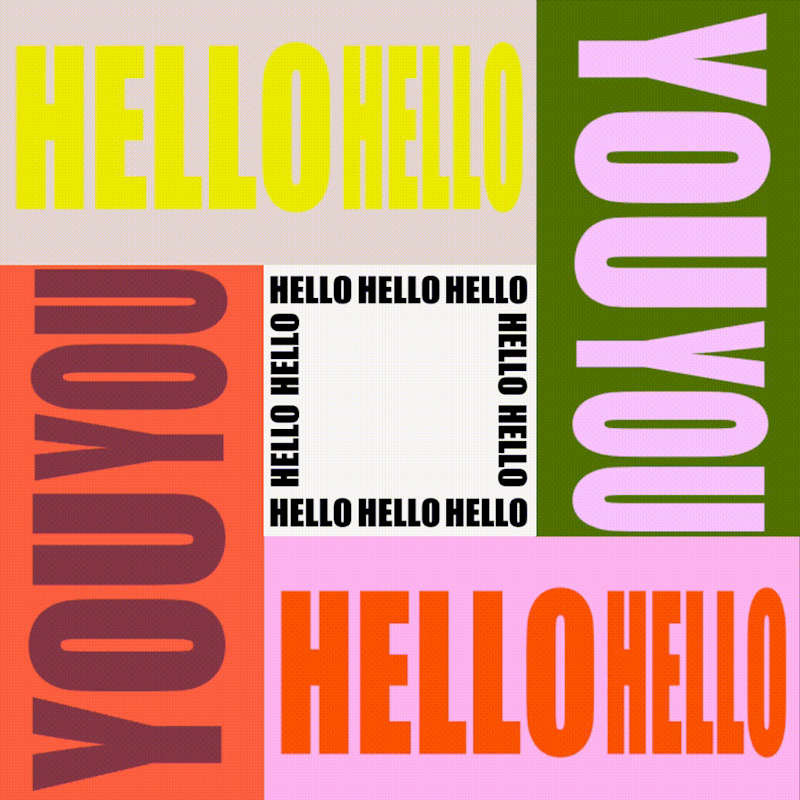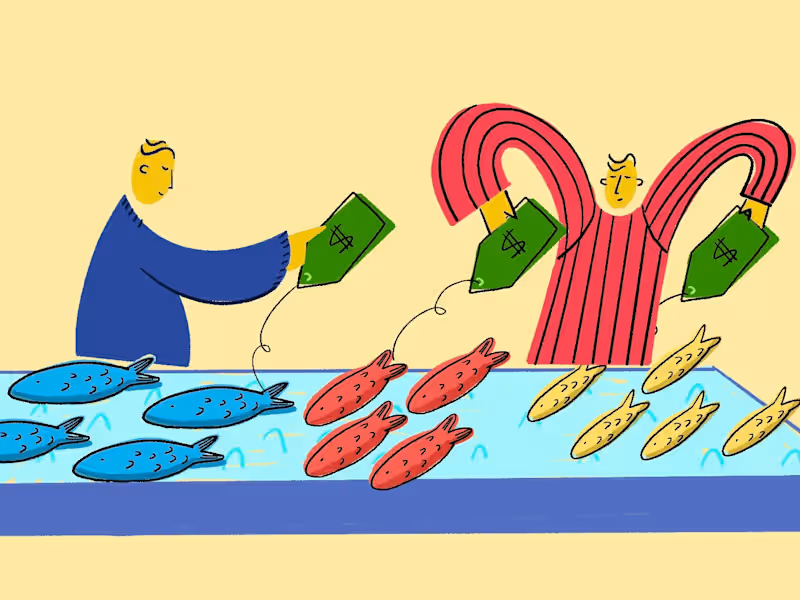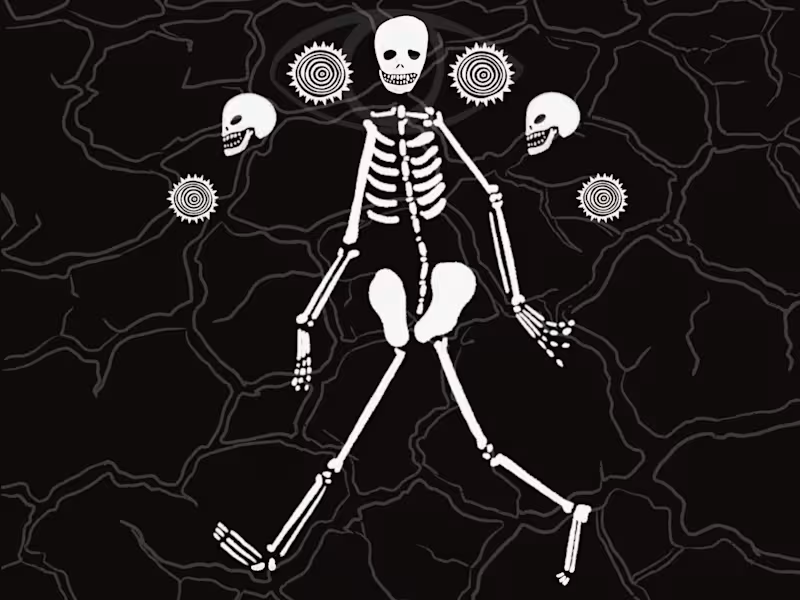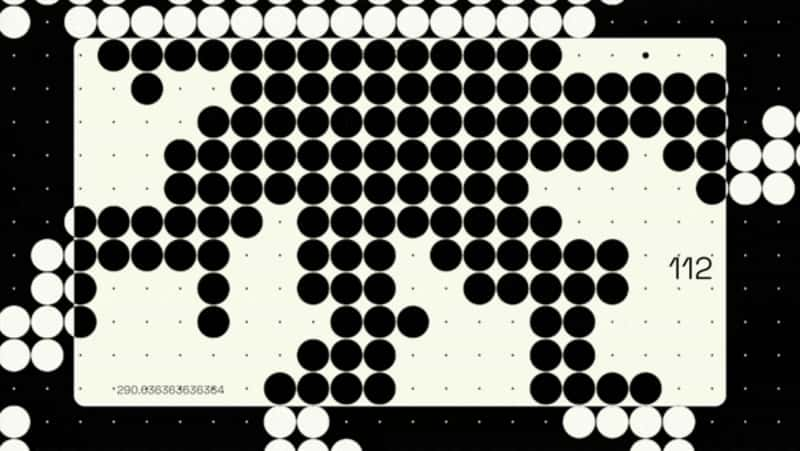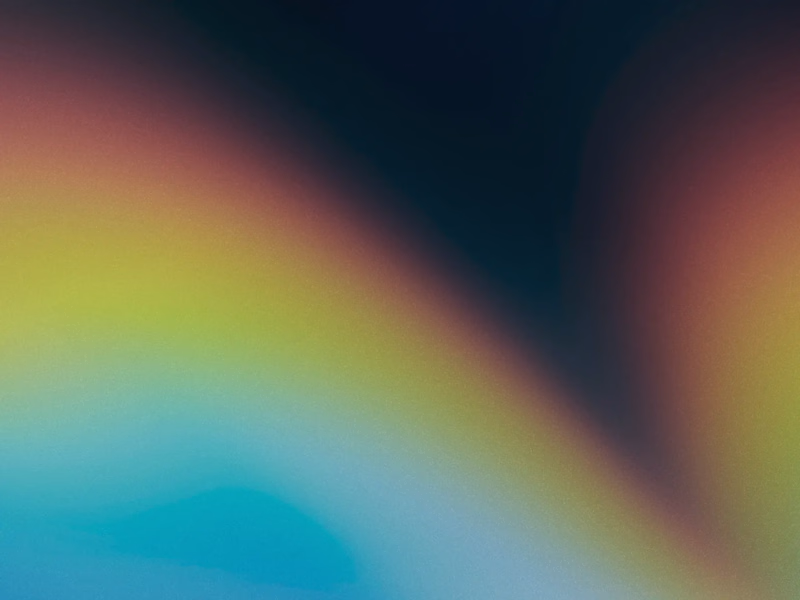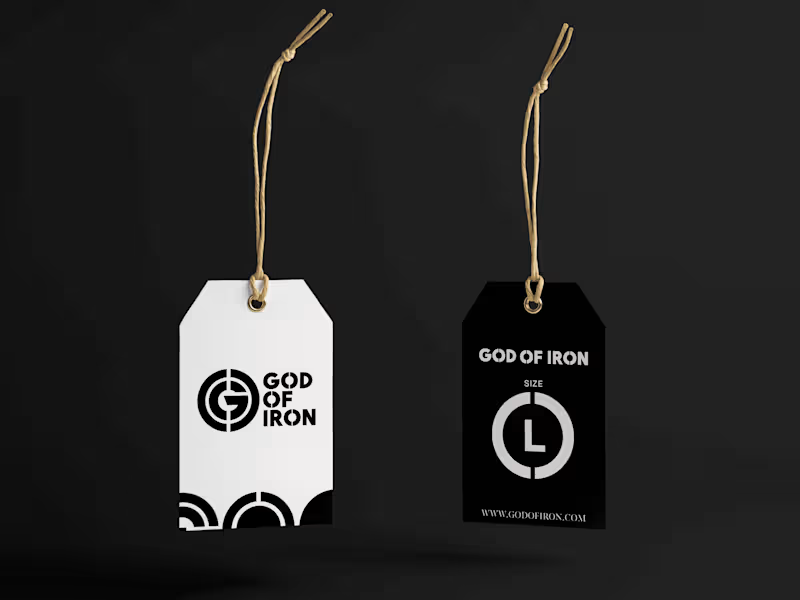What should I look for in a 2D animator's portfolio?
A portfolio shows the animator's style and skills. Check if their style matches your project needs. Look for animations that tell a story well and show smooth motion. Pay attention to character expressions and scene transitions. Make sure they have experience with projects like yours.
How do I create a project outline for my 2D animation?
Write a simple idea of your story or message. Break it down into key scenes or moments. List the characters and settings needed. Decide how long the animation should be. Share this outline with the animator to get started together.
What's the best way to communicate with a 2D animator during our project?
Use a clear and friendly way to talk, like messages or video calls. Set up regular check-ins to discuss progress and changes. Share visual references or examples for your ideas. Make sure both you and the animator feel heard and understood. This helps keep the project on track.
Why is it essential to understand the animator's work process?
Knowing how an animator works helps plan your project. Each animator has steps they follow to finish animations. Learn when they make sketches and final touches. This way, you can give feedback at the right time. Understanding their process ensures good teamwork.
How do I set clear deliverables with my 2D animator?
Deliverables are parts of the project you expect to get. Discuss with the animator what you need, like drafts or final videos. Decide on dates for each deliverable. Agree on how changes will be handled. Clear deliverables help everyone know what to expect.
What tools do 2D animators use that I should be aware of?
2D animators use software like Adobe Animate or Toon Boom Harmony. Knowing the tools can help you understand the animator’s tasks. You don’t need to use them, but it's good to know what they do. Ask the animator which tools they prefer. This helps with file sharing if needed.
How can the culture of Catalonia inspire a 2D animation project?
Catalonia offers vibrant stories and traditions. Its culture can bring unique ideas to life with local festivals and landscapes. Discuss with your animator how Catalan themes might fit the project. This can add special charm and authenticity. It's a creative way to connect with your audience.
How can I use Catalan art styles in my 2D animation?
Catalan art is colorful and expressive. Artists like Gaudí inspire with unique forms and designs. Talk with your animator about using these styles. They can help your animation stand out with vibrant visuals. This connection can give your project a distinctive look.
What kind of local stories from Catalonia could be animated?
Catalonia has many legends and folk tales. Stories of dragons, brave knights, and magical mountains are common. Think about animating a local tale for a fun plot. Share your ideas with the animator to explore new themes. This can make your project exciting and culturally enriching.
How should I prepare my materials for a 2D animator in Barcelona?
Gather all your scripts, images, and any sound files. Visit Barcelona to explore its dynamic environment for ideas. Ensure your materials are well-organized. This helps the animator understand your vision better. It also speeds up the start of your project.
Who is Contra for?
Contra is designed for both freelancers (referred to as "independents") and clients. Freelancers can showcase their work, connect with clients, and manage projects commission-free. Clients can discover and hire top freelance talent for their projects.
What is the vision of Contra?
Contra aims to revolutionize the world of work by providing an all-in-one platform that empowers freelancers and clients to connect and collaborate seamlessly, eliminating traditional barriers and commission fees.
- 1x
- Hired
- 3.7
- Rating
- 3
- Followers
